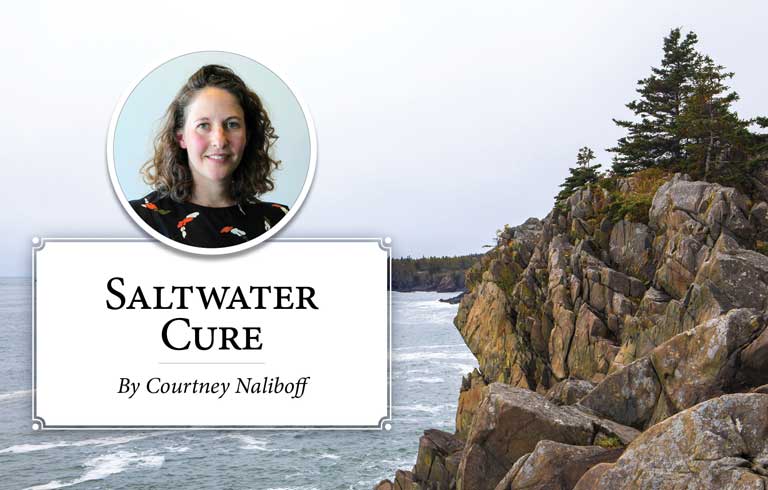A while ago, I joked to someone online that my pandemic memoir would be titled The Year Without Singing. Although nobody has asked me to write a pandemic memoir (yet!), it occurred to me in the moment that the directives prohibiting singing, or restricting it to 16 feet apart, outdoors, and masked, were for me the most onerous and upsetting changes we were asked to make during a generally onerous and upsetting time.
While nobody was stopping me from singing by myself, in my home, singing in an ensemble has a special resonance. Quite literally—a group of people singing creates a shared vibration that affects everyone involved, body and spirit. It also apparently involves the spreading of many air-borne particulates, with unpleasant and occasionally deadly results.
So, no singing. No school choir, no musical theater, no Christmas Eve Lessons and Carols. Recording sessions held behind plexiglass.
Singing returned eventually, in small ways at first. Some of my elementary students wrote verses for an original blues song, which they practiced spread out on the playground, then performed at an outdoor spring concert.
Our band Bait Bag played outdoor shows, then indoors, with fully masked audiences. Chorus class came back, with masks, but better than nothing. The winter concert happened, also masked. So did Lessons and Carols.
Some of my elementary students wrote verses for an original blues song…
Masked singing is better than no singing, without a doubt. But something about the layer of fabric between our mouths and the world prevented that real sonic magic from happening. This, of course, is because the masks worked—they were preventing a large percentage of what was coming from our singing mouths from entering the collective air we were breathing.
In addition to filtering particulates, they were also absorbing some sound waves, or something harder to pinpoint but just as real.
Then, suddenly, magically, in March, the masks became optional. I could see my chorus and voice students’ faces for the first time in two years and correct their embouchure. I could see them smile when they realized how good they sounded, and laugh when we went through a particularly silly warm-up.
I held auditions for our spring musical soon after masks became optional. The last musical we had planned started with Zoom auditions in March 2020, and fizzled out after a few weeks of rehearsals marred by digital lag, and our growing clarity that we weren’t going to be seeing each other in person any time soon, let alone singing. In-person auditions felt exaggeratedly significant.
A small crowd, some students and some adults, gathered on the Waterman’s stage to learn the audition song. I taught it quickly—it was a pretty well-known tune—and then banged out the chords while they sang it in unison.
The air vibrated. Their voices resonated. It was back, that special feeling! I got a little weepy, I’ll admit. As we’ve been rehearsing, the singing magic has only grown stronger.
“We just sound so GOOD,” the cast regularly says to each other. I say it to them too, and the Waterman’s staff have told me how pleasant it is to be in the building when we’re rehearsing.
I hesitate to make any predictions about the future—masks, no masks, singing, no singing—so who knows what the rules will be when you read this. But at least for the moment, we’re able to lift our voices together. I, for one, won’t take that for granted.
Courtney Naliboff teaches music, theater, and writing at North Haven Community School and plays in the band Bait Bag.





